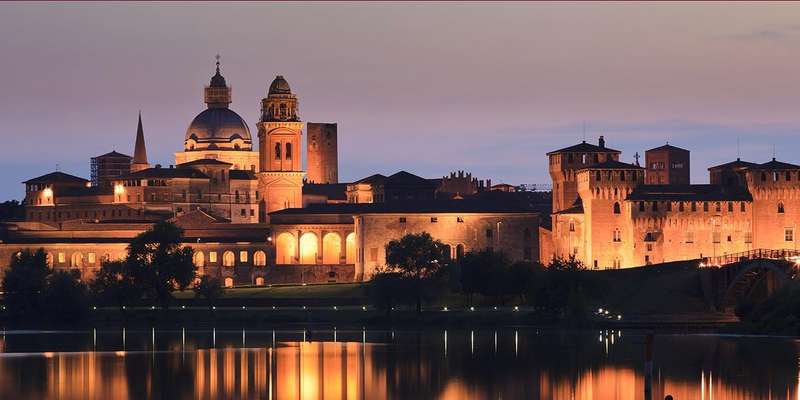- Home
- Useful Tips
- Mantua's Renaissance-era urban planning
Mantua's UNESCO-listed Renaissance architecture draws discerning travelers, yet most miss its carefully planned urban wonders. Over 60% of day-trippers focus solely on the Ducal Palace, unaware of the city's ingenious hydraulic systems and hidden courtyards designed by Leon Battista Alberti. This oversight leads to crowded hotspots while leaving Mantua's most atmospheric corners unexplored. The frustration compounds when visitors realize too late that the city's layout – a masterpiece of 15th-century urban design – requires context to appreciate fully. Without local insights, you risk seeing Mantua as a collection of buildings rather than the living embodiment of Renaissance ideals, where every street and piazza whispers stories of Gonzaga patronage and humanist vision.


Why Mantua's street layout will surprise you
Mantua's seemingly haphazard alleys actually follow a deliberate Renaissance plan few visitors decipher. The Gonzaga dynasty transformed this swampy outpost into a hydraulic marvel, with streets radiating from three artificial lakes in a symbolic trident pattern. What appears as random twists conceal calculated vistas – the curve of Via Accademia perfectly frames the Basilica of Sant'Andrea, while Via Pescheria's offset angles create cooling summer breezes. Modern signage does little to explain these intentional designs, leaving many to wander past subtle wonders like the graduated building heights that create optical illusions from certain vantage points. Understanding these principles transforms your stroll from confusing to revelatory, letting you see Mantua as its 15th-century planners intended – a harmonious blend of beauty, function and power projection.
The hidden logic behind Mantua's palace placements
Mantua's Renaissance palaces cluster in specific zones for reasons most guidebooks overlook. The Gonzagas positioned their Ducal Palace at the city's narrowest point not just for defense, but to control all northbound trade routes. Meanwhile, Palazzo Te sits isolated in the marshes because it served as a pleasure villa for secret trysts – its distance from town was a feature, not a flaw. Even lesser-known palaces like Palazzo San Sebastiano follow this strategic placement, creating an invisible power grid across the city. By recognizing these patterns, you can trace the Gonzaga family's social climbing through architecture. The best viewing spots aren't marked on tourist maps: stand at the intersection of Via Roma and Via Pomponazzo to see how three generations of palace construction reflect changing architectural ambitions.
Where to stay to decode Mantua's urban secrets
Choosing the right neighborhood unlocks Mantua's Renaissance planning like no guided tour can. The historic center near Piazza Sordello puts you at the heart of the Gonzaga's ceremonial axis, where you'll notice how morning light hits palace facades at precise angles. For hydraulic engineering enthusiasts, lakeside accommodations near Piazza Mantegna reveal the city's ingenious flood control systems at dawn when water levels are most visible. Budget-conscious travelers should consider converted 15th-century merchant houses along Via Verdi – their elevated ground floors demonstrate Renaissance solutions to frequent flooding. Wherever you stay, request a third-floor room facing inward; Mantua's building height restrictions preserved sightlines toward major monuments, creating unexpected rooftop panoramas of the urban plan.
Timing tricks to experience Mantua's design genius crowd-free
Mantua's urban magic reveals itself at specific hours most tourists miss. Arrive at Piazza delle Erbe before 8 AM to see how its trapezoidal shape amplifies market vendors' voices – a Renaissance acoustic trick. The perfect moment to study the city's geometric layout comes at sunset from the top of Torre della Gabbia, when shadows highlight the radial street pattern. Even in peak season, Tuesday afternoons find the Ducal Palace nearly empty as day-trippers return to Verona. For the ultimate secret, visit in November when low fog lingers in the streets, making Mantua's carefully calculated building proportions appear to float like in a Renaissance painting. These timing strategies require no special tickets, just local knowledge of when Mantua's planned perspectives work their full effect.



